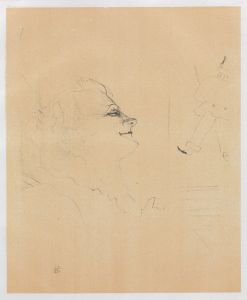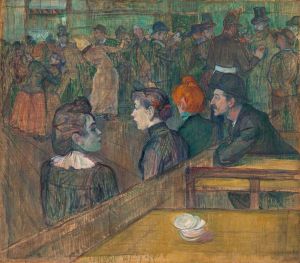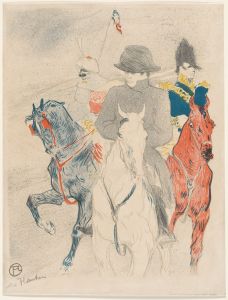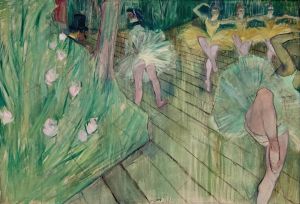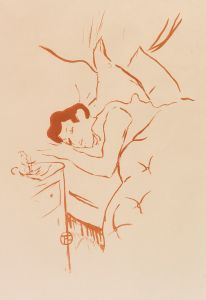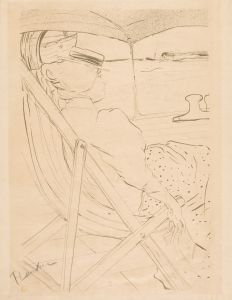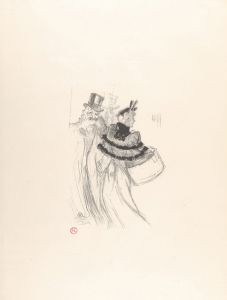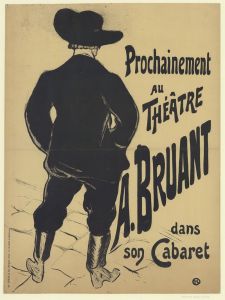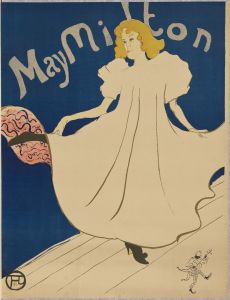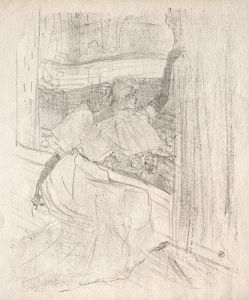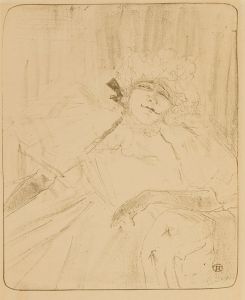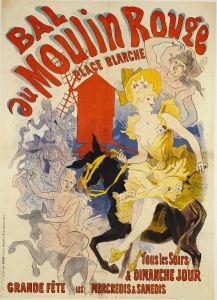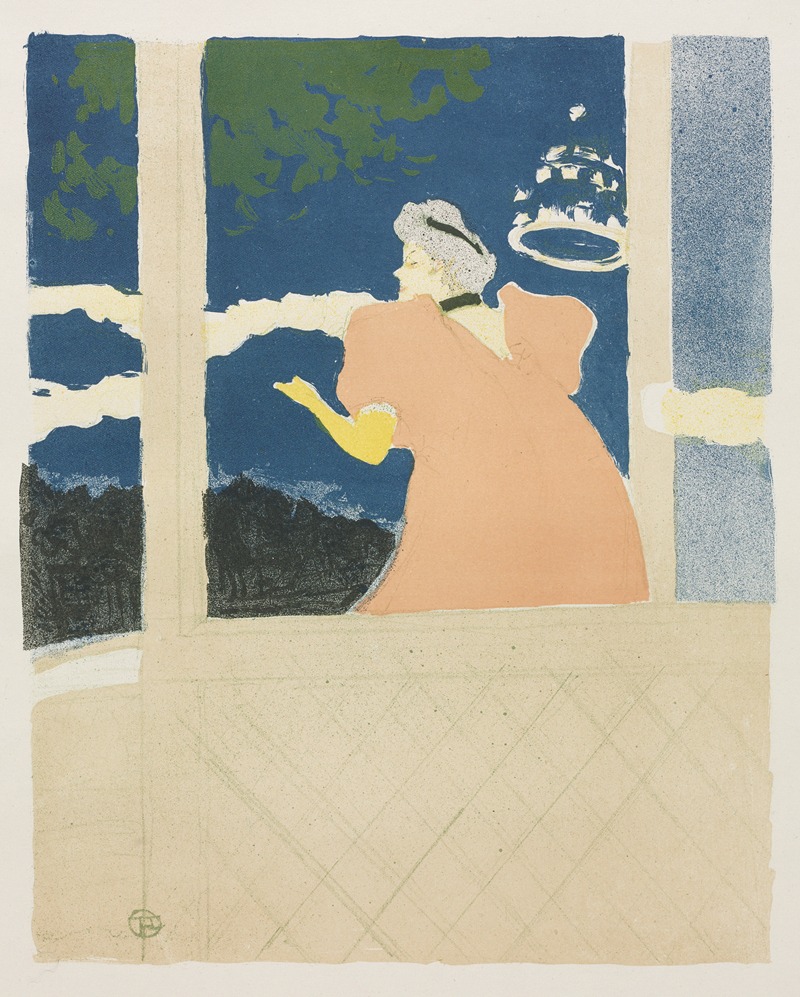
Aux Ambassadeurs
A hand-painted replica of Henri de Toulouse-Lautrec’s masterpiece Aux Ambassadeurs, meticulously crafted by professional artists to capture the true essence of the original. Each piece is created with museum-quality canvas and rare mineral pigments, carefully painted by experienced artists with delicate brushstrokes and rich, layered colors to perfectly recreate the texture of the original artwork. Unlike machine-printed reproductions, this hand-painted version brings the painting to life, infused with the artist’s emotions and skill in every stroke. Whether for personal collection or home decoration, it instantly elevates the artistic atmosphere of any space.
Henri de Toulouse-Lautrec, a prominent French painter, printmaker, and illustrator, is renowned for his depictions of Parisian nightlife in the late 19th century. One of his notable works is "Aux Ambassadeurs," which captures the vibrant atmosphere of the entertainment venues of the time. Toulouse-Lautrec's art is characterized by its bold use of color, dynamic composition, and keen observation of human behavior, all of which are evident in this particular piece.
"Aux Ambassadeurs" was created in 1894 and is a lithograph, a medium that Toulouse-Lautrec frequently employed to produce posters and prints. This work is part of a series of posters he made for various cabarets and theaters in Paris, which were instrumental in establishing his reputation as a leading figure in the Post-Impressionist movement. The lithograph was designed as a promotional piece for the Ambassadeurs, a popular café-concert venue located on the Champs-Élysées. These venues were known for their lively performances, featuring singers, dancers, and comedians, and they attracted a diverse audience from all walks of life.
The composition of "Aux Ambassadeurs" is typical of Toulouse-Lautrec's style, with its emphasis on capturing the essence of the performers and the ambiance of the venue. The central figure in the lithograph is a singer, depicted in mid-performance, with exaggerated features and expressive gestures that convey the energy and charisma of the act. Toulouse-Lautrec's use of bold outlines and flat areas of color draws attention to the figure, while the background is filled with simplified forms that suggest the presence of an audience and the bustling environment of the café-concert.
Toulouse-Lautrec's work is often noted for its innovative approach to perspective and composition. In "Aux Ambassadeurs," he employs a slightly elevated viewpoint, allowing the viewer to feel as though they are part of the audience, witnessing the performance firsthand. This technique, combined with the artist's keen eye for detail and ability to capture fleeting moments, gives the lithograph a sense of immediacy and vibrancy.
The significance of "Aux Ambassadeurs" extends beyond its artistic qualities. It reflects the cultural and social dynamics of Paris during the Belle Époque, a period marked by economic prosperity, technological advancement, and a flourishing arts scene. Toulouse-Lautrec's work provides valuable insight into the entertainment industry of the time, highlighting the role of café-concerts as spaces of social interaction and cultural exchange.
Henri de Toulouse-Lautrec's contribution to the art world is immense, and "Aux Ambassadeurs" is a testament to his skill and vision. His ability to capture the spirit of an era and the essence of his subjects has left a lasting impact on the art world, influencing generations of artists who followed. Today, his works are celebrated for their originality, technical mastery, and their ability to convey the complexities of human experience with both humor and empathy.





